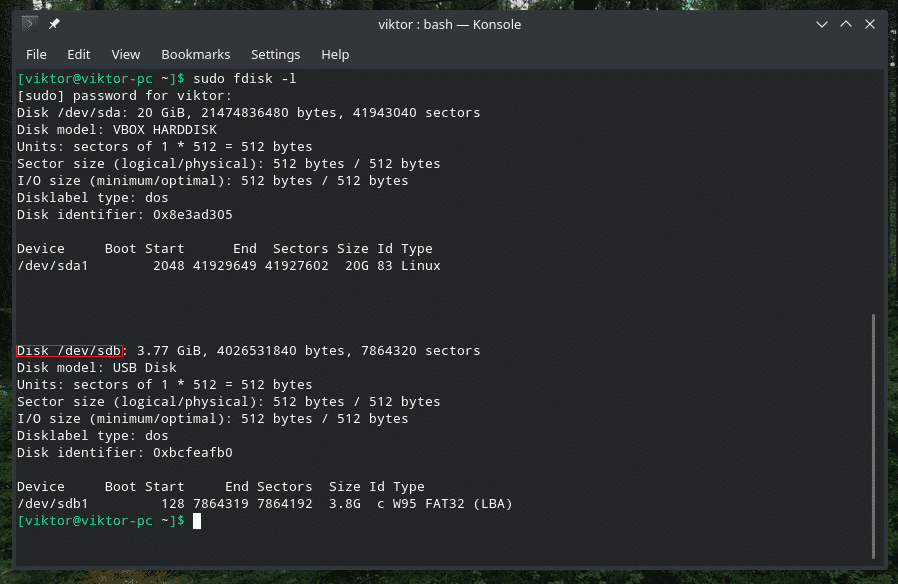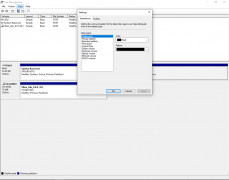
He enjoys DIY projects, especially if they involve technology. He also uses Proxmox to self-host a variety of services, including a Jellyfin Media Server, an Airsonic music server, a handful of game servers, NextCloud, and two Windows virtual machines. He has been running video game servers from home for more than 10 years using Windows, Ubuntu, or Raspberry Pi OS.

Nick's love of tinkering with computers extends beyond work. In college, Nick made extensive use of Fortran while pursuing a physics degree. Before How-To Geek, he used Python and C++ as a freelance programmer. He has been using computers for 20 years - tinkering with everything from the UI to the Windows registry to device firmware. Nick Lewis is a staff writer for How-To Geek. People can then decide whether they want to mount that image or use it to burn an optical disc. While many people do use ISO images for creating backups of their optical disc, ISO images these days are used primarily for distributing large programs and operating systems, because it allows all the files to be contained in one easily downloadable file. Most operating systems (and many utilities) also allow you to mount an ISO image as a virtual disc, in which case all your apps treat it as if a real optical disc were inserted.
#Archive mounter linux archive#
The idea behind ISO images is that you can archive an exact digital copy of a disc, and then later use that image to burn a new disc that's in turn an exact copy of the original. They are a sector-by-sector copy of the disc, and no compression is used.

You can think of an ISO image as a complete copy of everything stored on a physical optical disc like CD, DVD, or Blu-ray disc - including the file system itself.

The name ISO was taken from the name of the file system used by optical media, which is usually ISO 9660.


 0 kommentar(er)
0 kommentar(er)
